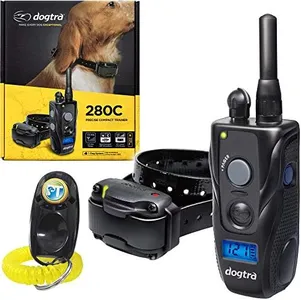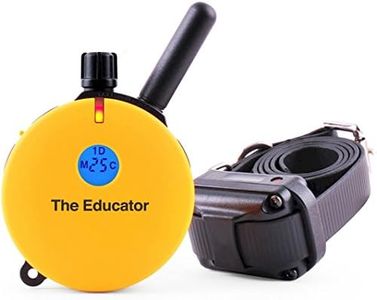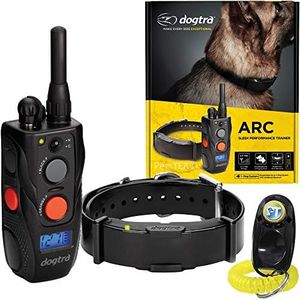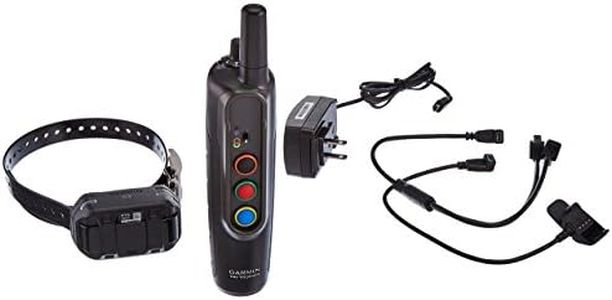We Use CookiesWe use cookies to enhance the security, performance,
functionality and for analytical and promotional activities. By continuing to browse this site you
are agreeing to our privacy policy
10 Best Dog Training Collars
From leading brands and best sellers available on the web.Buying Guide for the Best Dog Training Collars
Choosing the right dog training collar can make the training process smoother for both you and your dog. The key is to understand your dog's needs, temperament, and the types of training goals you have in mind. Different collars have different features, and picking the right combination ensures you find a solution that is effective and humane. Before making your choice, think about the behaviors you want to address and make sure to prioritize safety, comfort, and ethical use above all.Type of StimulationDog training collars often use different stimuli such as vibration, beep, or static (mild electric pulse) to get your dog's attention. This spec is important because it determines how the collar communicates with your dog. Vibration and beep are gentler options and are often sufficient for most training needs, while static stimulation is typically reserved for more persistent behavioral issues. Navigate these options based on your dog's sensitivity and your comfort level; if your dog is young or easily startled, starting with beep or vibration is often best. Static options can be helpful for stubborn dogs but should always be used carefully and at the lowest effective setting.
Adjustable Intensity LevelsAdjustable intensity means you can control how strong the collar's stimulation is. This is important because different dogs respond to different strengths—a smaller or more sensitive dog will need a much lower setting than a larger or very stubborn dog. Intensity levels are usually divided from low to high, so look for a collar with a wide range of settings to allow for gradual adjustment. Choose a level that gets your dog's attention without causing stress or harm; the right level is one that stops unwanted behavior with the least amount of stimulation.
RangeRange refers to how far the collar can communicate with the remote or your control device. This matters if you plan to train your dog outdoors or in large spaces. Ranges can be short (up to 200 yards), medium (200–800 yards), or long (over 800 yards). If you plan to use the collar only at home or in the backyard, a shorter range is fine. For training in parks or open fields, a longer range provides more flexibility.
Water ResistanceWater resistance or waterproofing indicates whether the collar can handle rain, splashes, or even swimming. This is important for dogs who spend time outdoors or in wet environments. Some collars are only splash-proof, while others are fully waterproof. Choose a collar with the right level of protection based on your dog's activity; if your dog loves water or you live in a rainy area, a fully waterproof collar is a safer bet.
Fit and ComfortA collar's design and adjustability affect how comfortably it fits your dog. This spec is important to prevent discomfort, chafing, or even injury. Collars generally fit dogs in a certain weight or neck size range, so measure your dog carefully before buying. Look for lightweight, padded options for smaller breeds and robust, adjustable collars for larger dogs. The right fit should be snug but not tight, allowing your dog to move and breathe comfortably while wearing it.
Battery Life and ChargingBattery life determines how often you'll need to recharge or replace the collar's batteries. Longer battery life is important for convenience, especially if you use the collar frequently or for extended periods. Charging times can vary, so check whether the collar uses rechargeable batteries or disposables and consider how this fits your needs. If you often forget to charge devices, opt for a collar that can last several days on a single charge; otherwise, regular recharging is manageable for most users.
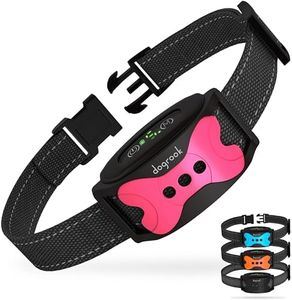
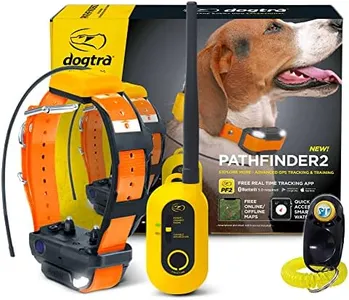
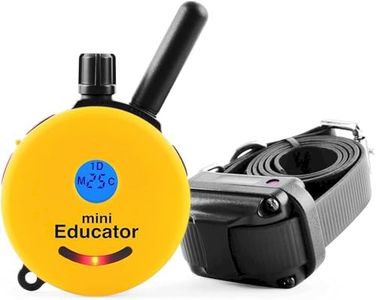
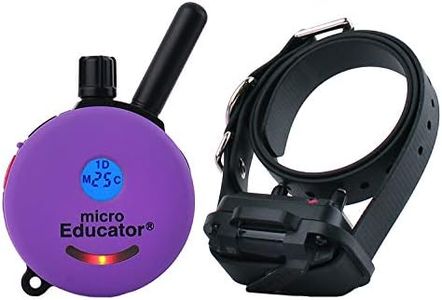
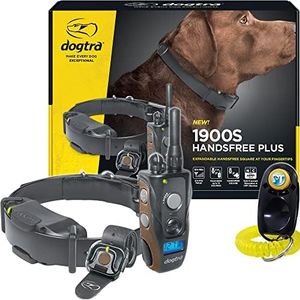

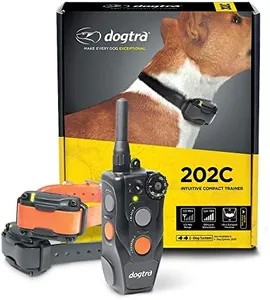
![INVIROX Dog Training Collar [2025 Edition] 123 Levels Dog Training Collar with Remote 1100yd Range E Collar for Dogs Training 100% Waterproof Rechargeable, Manual Bark Collar for Large Dog](https://images-proxy.bestreviews.guide/1uHIL5pcLcrYzl3WqvHwTh5BqCQ=/0x300/https://m.media-amazon.com/images/I/41HCedbCSyL._AC_CX679_.jpg)
